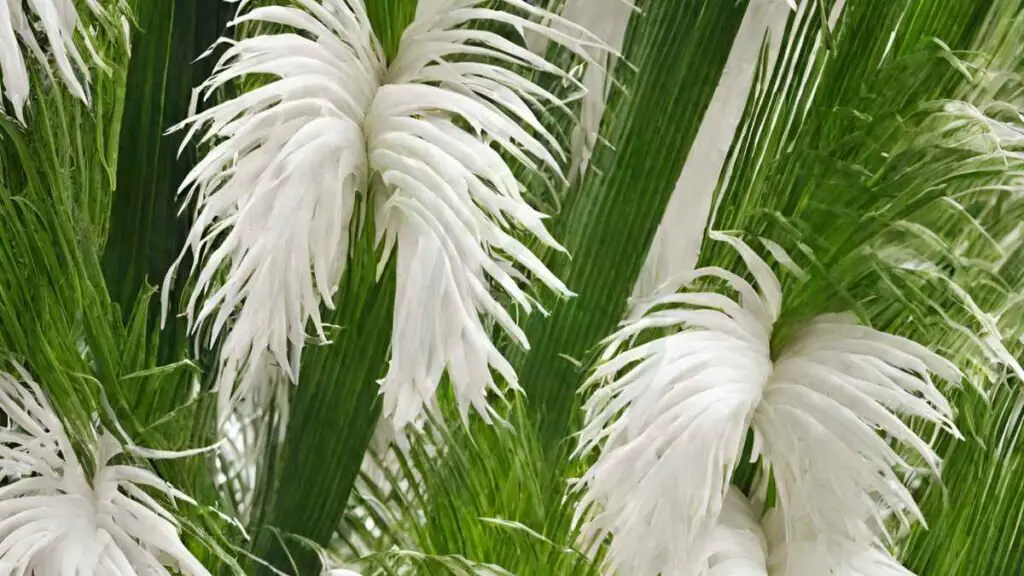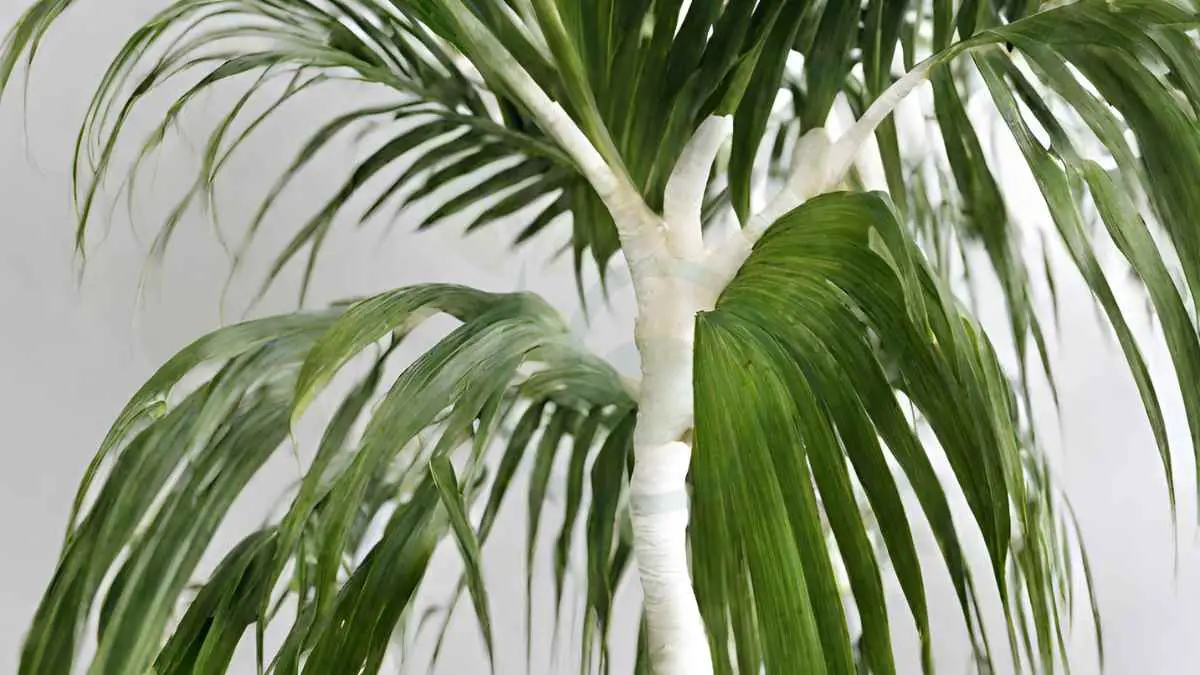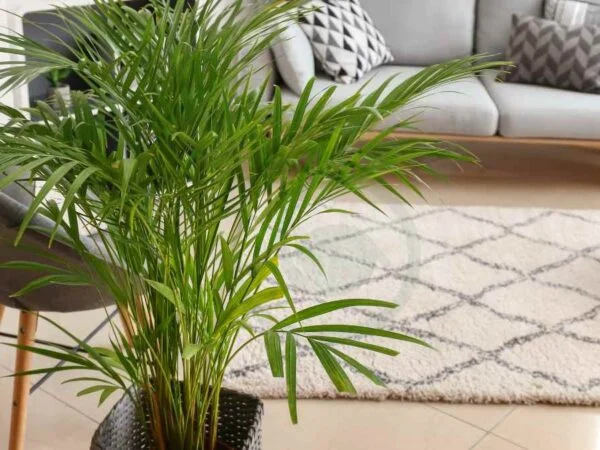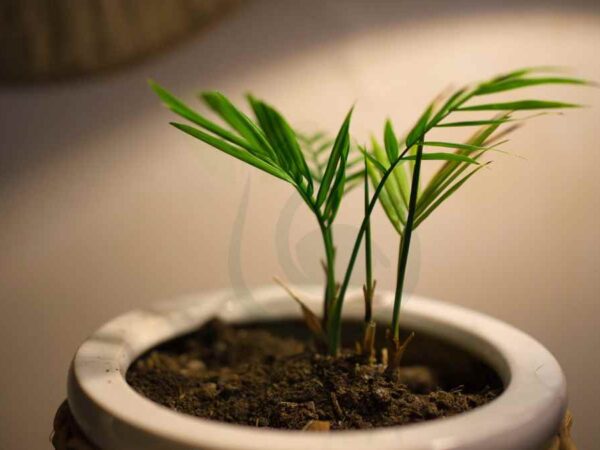Did you know that the presence of white fungus on your areca palm could indicate a serious health concern for the plant with fungal issues? Understanding how to identify and address this issue is crucial for maintaining the well-being of your beloved indoor greenery. Stay tuned to learn how to keep your areca palms thriving and free from harmful fungal infections.
Key Takeaways
- Identify White Fungus: Learn to recognize white fungus on your Areca Palm to address the fungal issues promptly.
- Take Immediate Action: Start treatment as soon as you notice white fungus to prevent further damage to your plant.
- Consider Fungicides: Utilize fungicides as a treatment option for severe cases of white fungus on your Areca Palm.
- Explore Natural Remedies: Experiment with natural remedies like neem oil or baking soda to combat white fungus, black spots, pests effectively.
- Prevent Future Outbreaks: Implement preventive measures such as proper ventilation and avoiding overwatering to stop white fungus from recurring.
- Seek Professional Help When Needed: Consult a plant expert if the white fungus persists despite your efforts or if the plant's health deteriorates.
Areca Palm Basics
Growth Conditions
Areca palms thrive in adequate sunlight to support healthy growth, requiring a consistent temperature range. It is crucial to use well-draining soil to prevent waterlogging issues.
Common Issues
Identify signs of white fungus promptly to address the problem effectively. Understand the factors contributing to the spread of the fungus that cause black spots on palms and differentiate it from other palm issues.
Importance of Care
Regular maintenance is crucial to prevent white fungus infections. Proper care plays a key role in promoting the overall health of the areca palm. Early detection and treatment are vital for fungal infections.
Identifying White Fungus

Symptoms Overview
Recognize the initial symptoms of white fungus on the areca palm. Look for white spots or yellow spots on the leaves. Monitor closely for white powder.
Understand how symptoms may vary based on the stage of the fungal infection. Early signs include small white spots, while advanced stages show large yellow patches.
Monitor the palm closely for any unusual changes or spots indicating a fungal presence. Early detection is crucial in preventing further spread and damage.
Leaf Changes
Observe specific changes, such as spots, in the palm's leaves as potential indicators of white fungus. Look for gradual discoloration starting from white spots to yellow patches.
Note the progression of leaf spots, discoloration, and deterioration caused by the fungus. Leaves may start wilting and eventually die off if left untreated.
Understanding how addressing leaf changes promptly can help control the spread of the fungus is essential. Prune affected leaves with spots and provide proper care to prevent further infection.
Fungus Characteristics
Explore the unique characteristics of white fungus affecting areca palms. The fungus thrives in warm, humid conditions commonly found in tropical regions.
Understand the lifecycle of the fungus to implement effective control measures. Regularly inspecting the plant and maintaining good hygiene practices can help prevent infestations.
Learn about the resilience of the fungus and its ability to reoccur if not properly managed. Implementing a holistic approach involving pruning, fungicides, and proper watering is key to controlling its spread.
Causes of White Fungus
Environmental Factors
Environmental conditions significantly impact white fungus development spots on areca palms. High humidity levels and temperature fluctuations create ideal conditions for fungal growth. To prevent this, consider modifying the palm's environment by ensuring proper ventilation and controlling moisture levels.
Adjusting watering practices is crucial in preventing white fungus on areca palms. Maintaining optimal soil moisture levels through regular watering is essential. Overwatering should be avoided as it can lead to excess moisture, promoting fungal growth. Establish a consistent watering schedule to prevent water-related fungal issues effectively.
Watering Practices
Assessing soil conditions is vital to prevent white fungus on areca palms. The quality of the soil directly impacts root health and susceptibility to fungal infections. Improving soil drainage can reduce the risk of fungal infections in the root system. Ensure proper aeration and drainage to maintain healthy soil conditions for the palm.
Initial Steps for Treatment
Isolation
Isolate the infected areca palm to prevent the spread of white fungus to other plants. Create a designated area for the quarantined palm to limit fungal transmission. Implement isolation measures to protect neighboring plants from potential contamination.
Pruning Affected Areas
Trim infected leaves and affected areas to contain the spread of white fungus. Use sterile tools to prune the palm and prevent further fungal contamination. Dispose of pruned plant material properly to avoid reintroducing the fungus.
Cleaning Tools
Sterilize gardening tools regularly to prevent cross-contamination between plants. Use disinfectants or alcohol solutions to clean tools after handling infected palms. Establish a cleaning routine to maintain tool hygiene and minimize fungal spread.
Treating With Fungicides
Choosing Fungicides
Select fungicides labeled for indoor plants to combat white fungus effectively. Consider the areca palm's specific needs when choosing a suitable fungicide. Research various fungicide options to determine the most appropriate treatment.
Application Process
Follow recommended application guidelines when using fungicides on the palm. Apply fungicides evenly for thorough coverage and maximum effectiveness. Monitor the palm post-application to evaluate the impact of the fungicide on white fungus.
Safety Measures
Wear protective gear like gloves and masks when handling fungicides. Keep fungicides out of children and pets' reach to prevent accidental ingestion. Adhere to safety instructions provided with fungicides to minimize health risks.
Natural Remedies
Neem Oil Use
Mix neem oil with water to create a natural fungicidal solution for the palm. Apply the neem oil spray directly to the affected areas to effectively combat white fungus. Utilize neem oil as a safe and eco-friendly alternative to chemical fungicides.
Baking Soda Solution
Create a baking soda solution to treat white fungus on the areca palm. Spray the baking soda mixture on the affected areas to inhibit fungal growth. Understand the antifungal properties of baking soda in controlling white fungus.
Vinegar Mixture
Prepare a vinegar mixture as a natural remedy for white fungus on the palm. Apply the vinegar solution directly to the affected areas to deter fungal development. Utilize vinegar as an organic option for combating white fungus without harsh chemicals.
Preventing Recurrence
Proper Watering
Adjust watering practices to maintain soil moisture levels suitable for the palm. Water at the base to prevent fungal spores from splashing onto leaves. Implement a routine for healthy growth and minimal fungal risks.
Adequate Air Circulation
Enhance air circulation around the palm to reduce humidity and fungal growth. Position in a well-ventilated area to prevent stagnant air. Use fans or open windows to improve airflow and deter white fungus.
Regular Monitoring
Inspect regularly for signs of white fungus or related issues. Keep a monitoring log to track changes in the palm's condition. Stay vigilant and proactive in addressing health concerns promptly.
When to Seek Professional Help
Severe Infection Signs
Identify severe signs of white fungus infection that demand immediate action. Look for advanced symptoms indicating widespread fungal infestation in the areca palm. If severe infection signs persist despite treatment efforts, consult with experts promptly.
Expert Consultation Benefits
Seek professional advice from horticulturists or plant specialists for complex cases. Benefit from expert recommendations on managing stubborn white fungus infections effectively. Consult with professionals to explore advanced treatment options for the areca palm.
Ongoing Care Tips
Fertilization Schedule
Establish a fertilization routine to support the palm's growth and resilience. Use balanced fertilizers with essential nutrients but without promoting fungal growth. Consistently follow a fertilization schedule to maintain the palm's health.
Repotting Guidelines
Repot the areca palm in fresh, well-draining soil to eliminate fungal contamination. Ensure the new pot has enough space for root growth and airflow. Repot during the appropriate season to reduce stress and aid recovery.
Seasonal Adjustments
Adapt care practices based on seasonal changes to protect the palm from white fungus. Modify watering and lighting routines according to temperature variations each season. Implement adjustments throughout the year for optimal health and resilience.
Summary
In caring for your Areca Palm affected by white fungus, you've learned to identify the issue, understand its causes, and take initial steps for treatment. By exploring fungicide options, natural remedies, and prevention strategies, you are equipped to tackle the problem effectively. Remember to monitor your plant closely and seek professional help if needed. Consistent care following these guidelines will help your Areca Palm thrive and remain healthy in the long run.
Take proactive steps to maintain a healthy environment for your plants. Implement the treatments and preventive measures discussed to ensure your Areca Palm stays vibrant and free from white fungus. Your diligence will be rewarded with lush greenery that adds beauty and tranquility to your space.
Frequently Asked Questions
What are the basic care tips for Areca Palm?
Provide indirect sunlight, water when the top inch of soil is dry, maintain humidity, avoid drafts, and fertilize during the growing season.
How can I identify white fungus on my Areca Palm?
Look for powdery white spots on leaves, stems, or soil. Check for wilting leaves or stunted growth as signs of a fungal infection.
What are the common causes of white fungus on Areca Palm?
Overwatering, poor air circulation, high humidity levels, and using contaminated tools or soil can lead to white fungus growth.
When should I seek professional help for treating white fungus on my Areca Palm?
If home remedies and fungicides are ineffective in controlling the white fungus after repeated treatments, consult a plant specialist for professional advice.
How can I prevent the recurrence of white fungus on my Areca Palm?
Improve air circulation around the plant, avoid overhead watering, maintain proper watering practices, regularly inspect for signs of pests or diseases, and quarantine new plants before introducing them to your indoor garden.
Image Source: Paid image from CANVA





